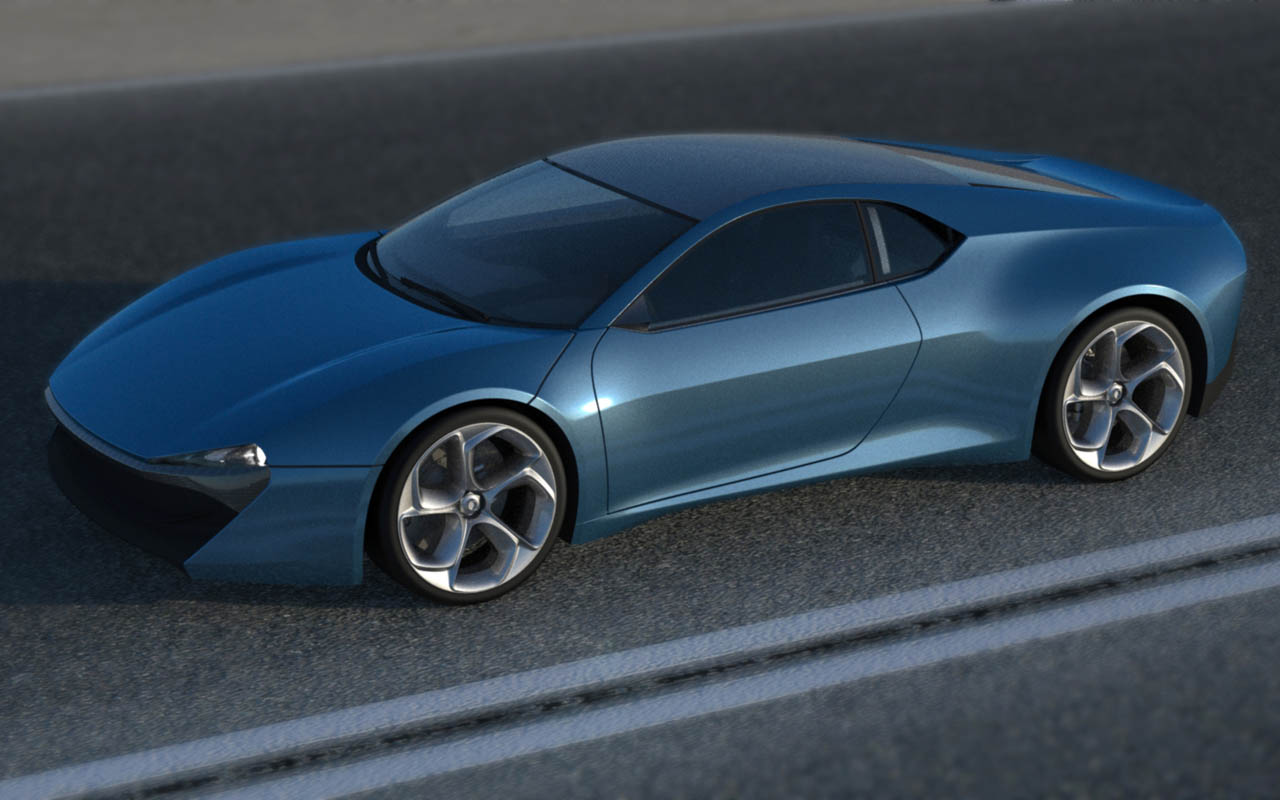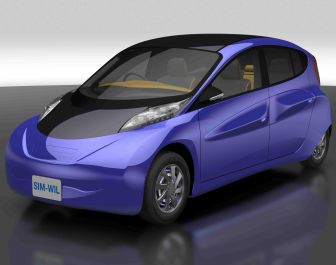
Styron has unveiled the industry’s first full-thermoplastic, mono-material lift-gate in serial production on a commercial vehicle after a two-year development project with Renault. The new Renault Clio will feature a thermoplastic lift-gate made with Styron’s material solutions that is able to reduce weight by 10% and is recyclable.
“The automotive industry has been looking for alternatives to steel for lift-gates for many years. Weight savings, styling freedom and function integration are the main objectives,” says Marjolein Groeneweg, Marketing Manager Styron Automotive. “With this innovative concept jointly developed by Renault and our R&D department, the French car manufacturer not only contributes to weight reduction for optimal fuel efficiency but also responds to waste management recycling guidelines promoting recyclability without disassembly. Knowing that the base polymer of the lift-gate solution is the same, the part can be easily recycled and used in other future applications.”
To help improve impact resistance, expansion and durability of the structural part of the lift-gate, Styron introduced Inspire long glass fiber polypropylene (LGFPP) resin to meet such requirements. The material company also helped Renault in selecting the appropriate plasticizing screw to maintain the required fiber length after molding the lift-gate. Berend Hoek, Application Engineering & Development Styron Automotive adds, “Renault had initially approached us to support them with the concept development of the new lift-gate. They had seen our engineering capabilities at work for the structure development for the front end carrier of the VW Golf using LGF-PP. This exterior application was confronted with similar complexity issues in design as well as production process: it consisted of different metal and thermoplastic parts that had to be assembled into a single application.”
Due to the complexity of the part, Styron tested and fine-tuned the materials to Renault’s specific production process including injection molding, paint, bonding and welding.
The final design consists of three parts: the inner skin is injection molded using a talc filled polypropylene compound and connects to the structural part; the structural part is produced with LGFPP concentrate that is diluted directly on the molding machine with appropriate PP copolymer resin through dry-blend directly; the outer skin is made with Styron’s Inspire At-Press talc masterbatch concept, which injection molds through blending of the different components (polypropylene impact copolymer, specifically designed 70% talc masterbatch and the required color concentrate).
Source : http://www.adsalecprj.com/Publicity/MarketNews/lang-eng/article-127546/Article.aspx






